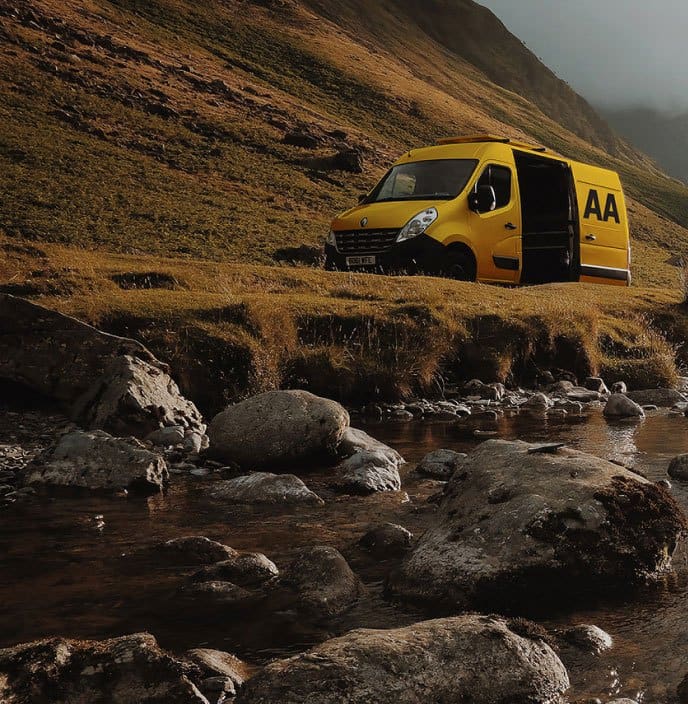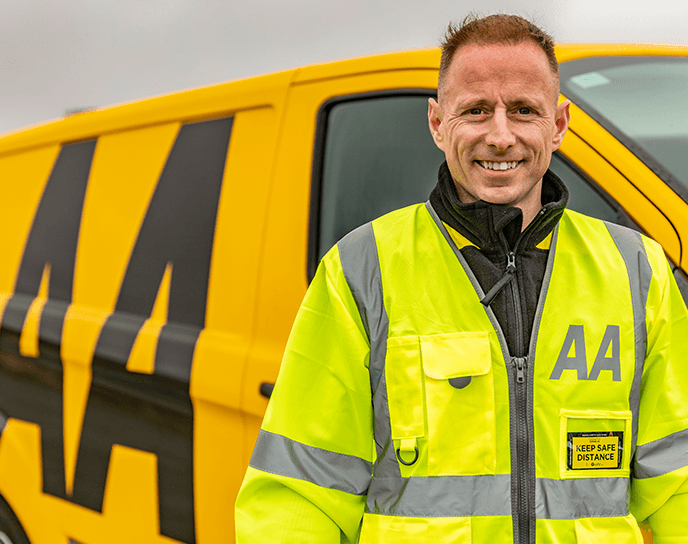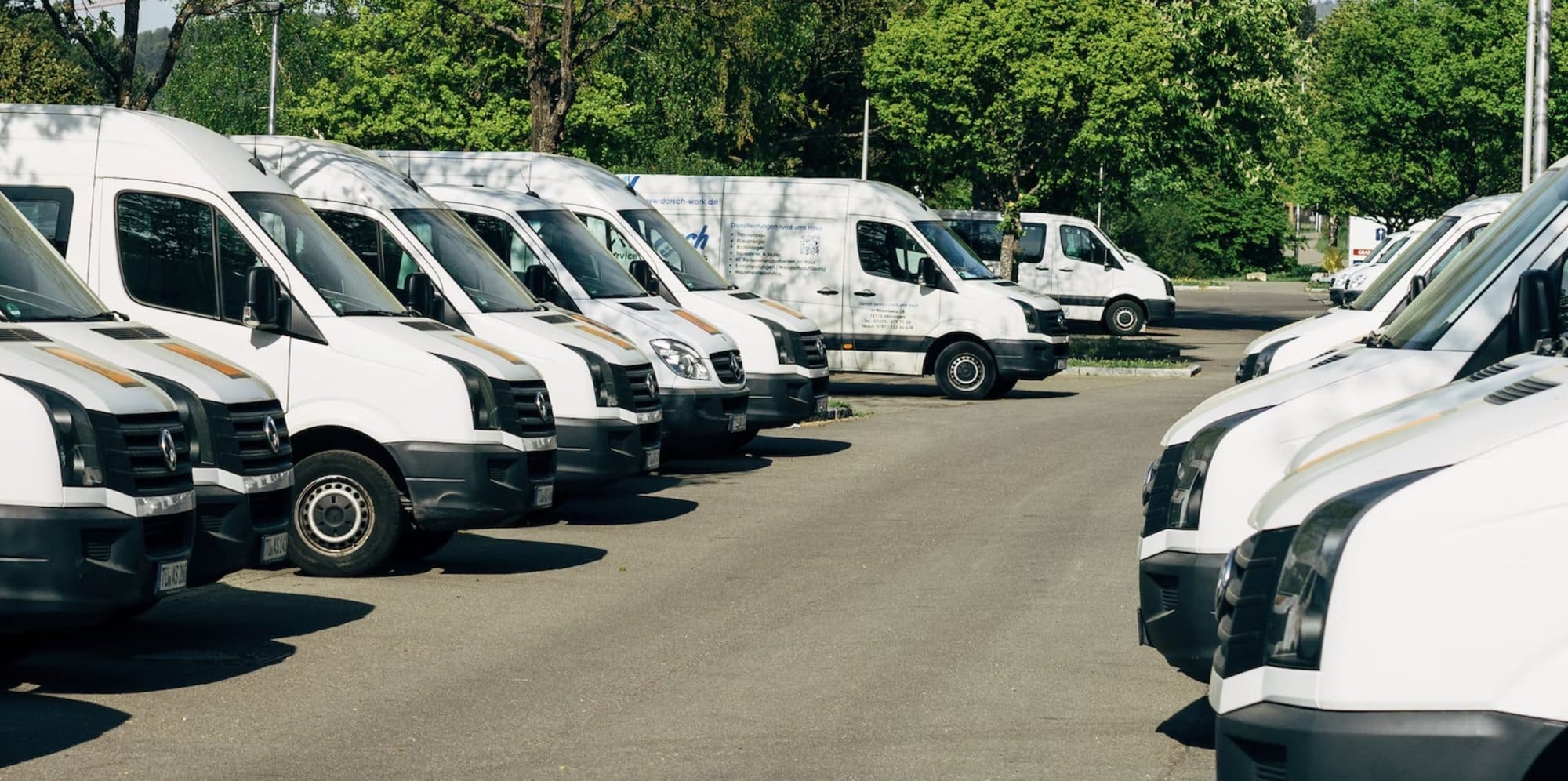1. Get a vehicle health check.
Many manufacturers will offer Complimentary Vehicle Health Checks at various times of the year. It is a good way for them to get you in the door, but it also gives you the chance to have your vehicle inspected for little or no cost. This will help with any more obvious issues with your van. Winter can be hard on lots of components such as belts and hoses, you will need to check the oil and anti-freeze levels and all your lights.
2. Give it a good clean and keep it that way.
That might sound obvious but there are a variety of reasons for this. As well as it being your working environment and it being a much nicer place to spend time, a dirty interior will cause problems. Wet carpets, for example, can begin to mould, while dirt left on the upholstery and fabrics will become tougher to remove over time if left too long. It is a good idea to invest in waterproof seat covers to help keep your seats dry and dirt-free. You should also buy heavy-duty, all-weather rubber floor mats to prevent liquid and dirt from spilling onto the carpet. There are also a variety of easy-clean boot liners and trays on the market that help prevent tools and other items from soiling the loading area.
3. Make sure your tyres are in good condition.
Tyres are important. The best advice is to buy the best tyres you can afford, but please don’t scrimp on these as they are vital to your safety, especially in winter. Bear in mind that your regular tyres won’t perform as well as all-weather or winter tyres will. Tread depth, legally, must not be less than the legal limit of 1.6mm but it would be ill-advised to let them get anywhere near this. You can check your tyre tread depth by running a €1 coin along the centre of the wheel, if the gold part of the coin is not visible, then the tyre tread is ok. However, if it is visible, your tyre could be approaching the minimum legal depth so they should be checked. Also, you should make sure your tyre pressure is correct to ensure the best tyre coverage on the road and ensure you get the best fuel economy from your vehicle. Winter tyres come with an optimised tread design with higher edge density for boosting traction when braking and cornering on snow, ice and wet roads but are only really needed at prolonged temperatures of less than 7 degrees centigrade. Examples include the Bridgestone Blizzak W810. However, most All-Weather tyres will cover the type of winter weather we experience in Ireland.
4. Check your Battery.
As you might suspect, the cold weather can be tough on batteries and they don’t always perform at their best at lower temperatures. Most batteries have a lifespan of between two to four years, so it is important to check if your battery needs to be replaced. This will save you the added hassle of requiring a jump start in bad winter conditions, so get it to check when the weather is good.
5. Treat yourself to some new wipers.
During wintery driving conditions, good visibility is vitally important and if you have awful wipers you will see very little. Wiper blades are reasonably inexpensive and will make a huge difference to your winter driving so change them at least every 12 months, or even more often in colder areas. You will know if your wipers need to be replaced as they will streak, leaving bands of water on the windscreen after each wipe. They will also squeak and skip on the windscreen when they are in poor condition. And remember, never use washing-up liquid in your windscreen washer as it will ruin the rubber blades of windscreen wipers.








